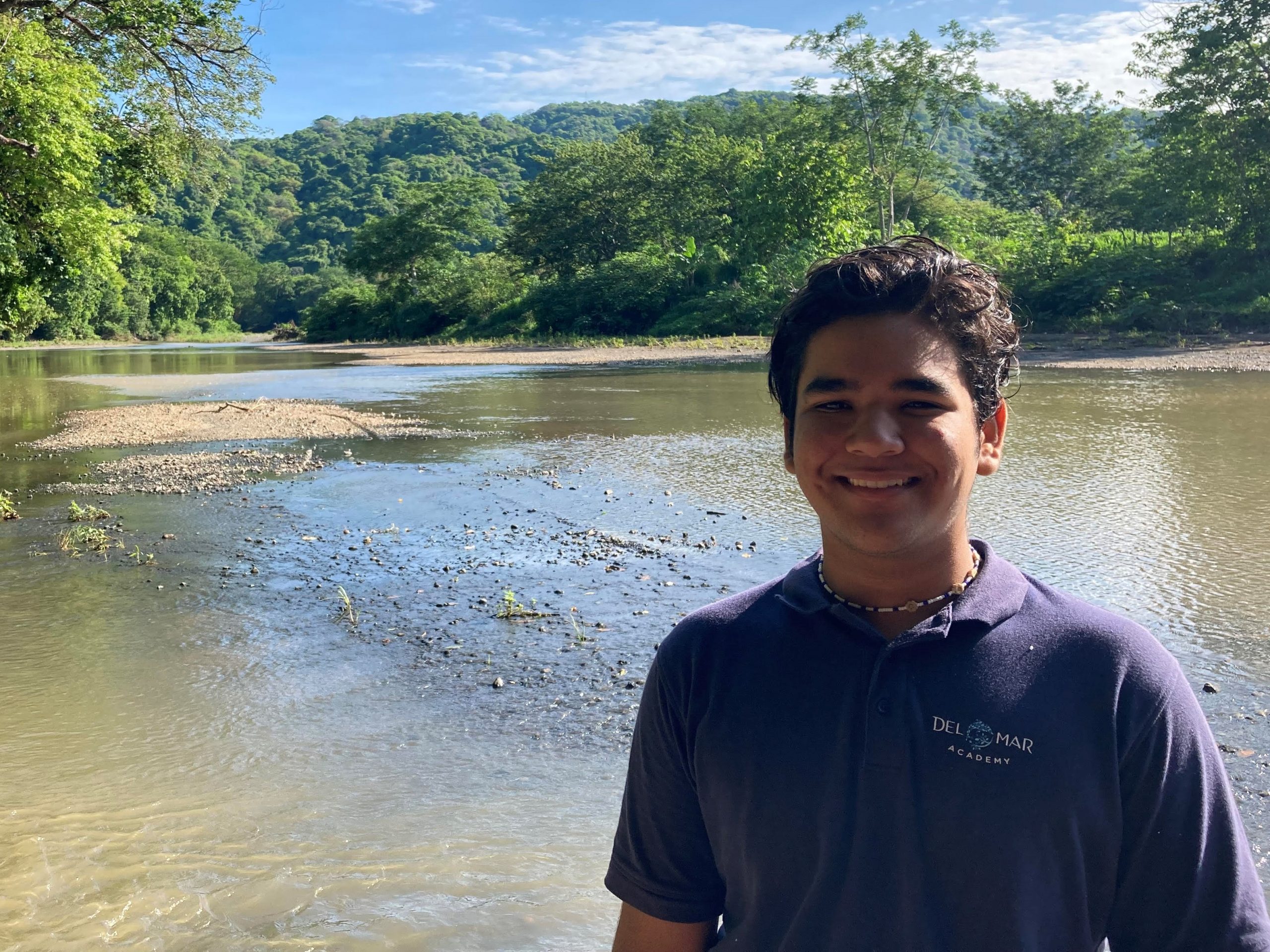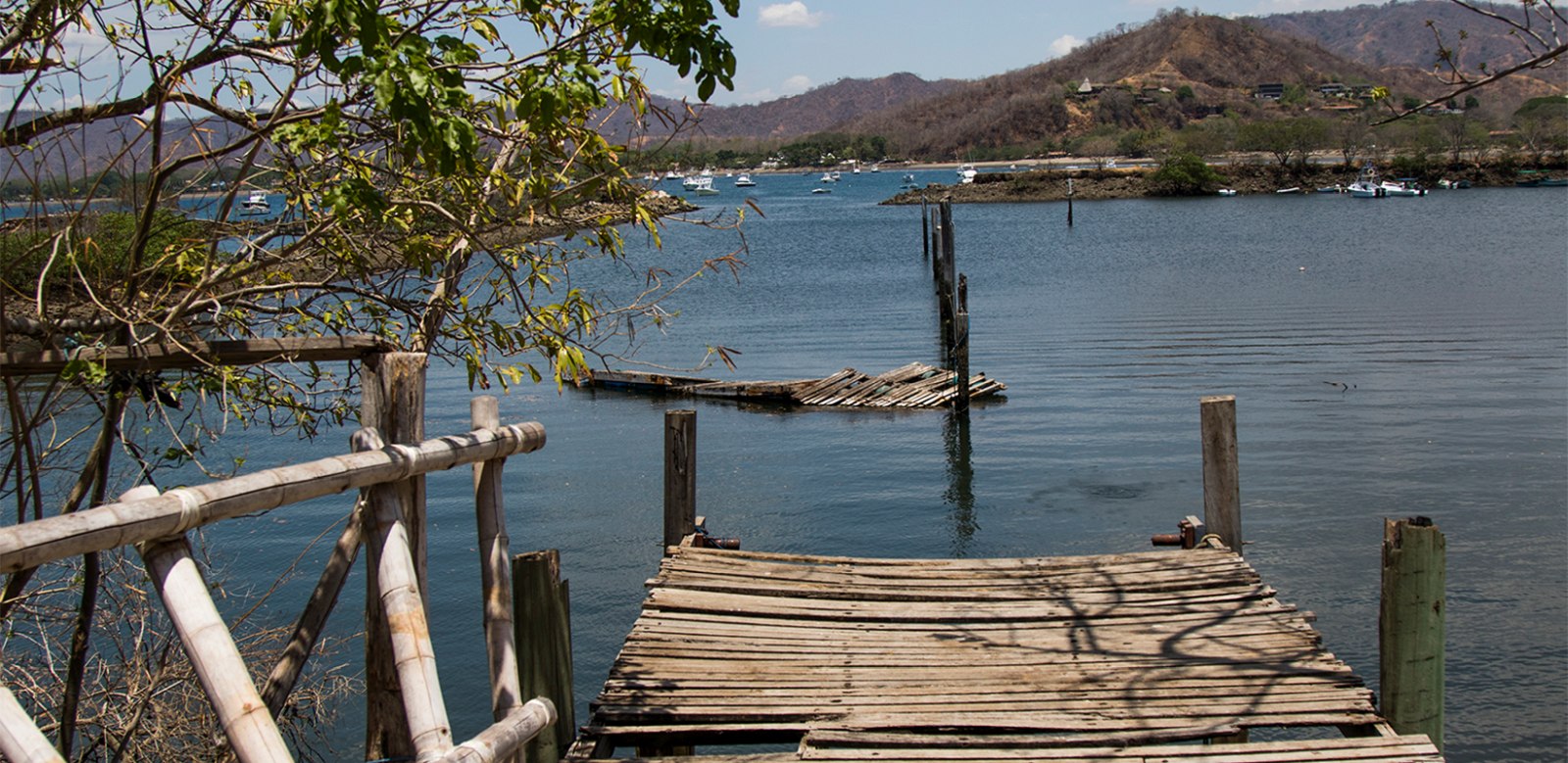
Nosara has beautiful beaches and rivers. Thanks to them, we have tourism, biodiversity, natural beauty, and a source of freshwater. However, according to stormwater guru, Nick McAlpin, these waterways are being polluted due to the inadequate treatment of wastewater.
Nick says that one of the biggest problems in Nosara’s water treatment is the poor construction and maintenance of septic systems. According to him, approximately 75% of homes in Nosara have dysfunctional septic systems. This may be causing the levels of dangerous bacteria to increase along Nosara’s rivers and shorelines.
A well-constructed septic system consists of a tank, where solids are separated from liquids and a drainfield, where liquids infiltrate for further filtration. According to Nick, many local drainfields are overcrowded or incorrectly constructed. Some are made up of pieces of wood, metals, tires, and stones that are too large.
Nick says that drainfield gravel should be no larger than five centimeters in diameter, so that water filters slowly and bacteria has time to decompose organic matter. Drainfields are also being improperly used for other purposes, such as garages or gardens. This hampers the drainfield’s ability to properly filter wastewater.
According to him, all these can cause fecal bacteria levels to rise in our waterways. In fact, a study carried out by the Observatorio Ciudadano del Agua R. Nosara found that in the Rio Nosara, Barrio San Pedro, there were 490 colonies of fecal coliform bacteria per 100 milliliters of water. This is in contrast to the 200 colonies per 100 ml count maximum, recommended at knowyourwater.com.
Moving forward, Nick recommends that we, the residents of Nosara, take action to build and maintain our septic systems. This means building them with the correct materials and sizes and pumping out the solids at least once every three years. There are also alternatives, such as compost toilets, which are used at the Pachamama community (San Juanillo), the Casa De Las Estrellas school (Garza), and some area residences.
These don’t require water and are inexpensive to install. Taking care of our septic systems is our civic responsibility. Together as a community, we can make a difference and improve the quality of life that clean water provides us.
___________________________________
This article is the author’s opinion and does not necessarily reflect the editorial position of this medium. If you want to share an opinion article, send an email to [email protected]







Comments